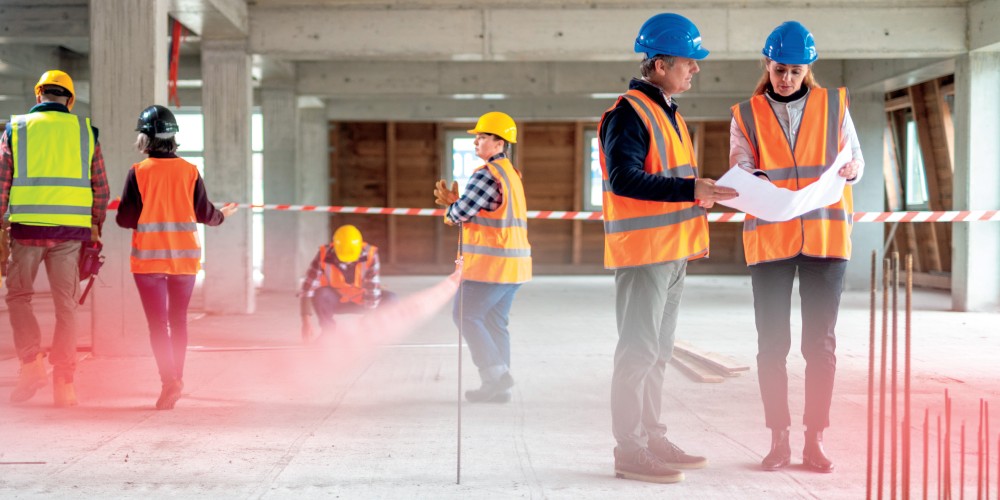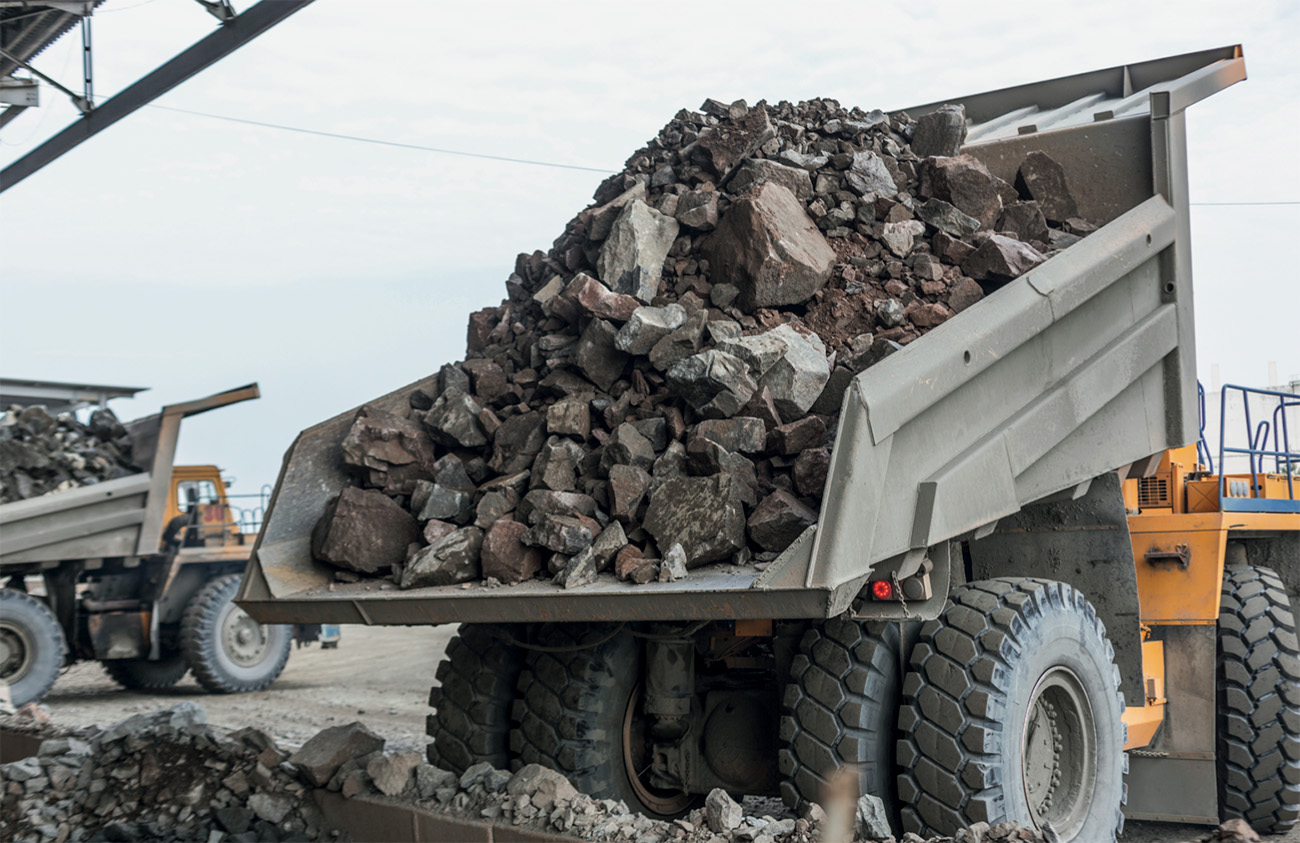Workforce journey indicators data dashboard
A data project to understand how people navigate into, through and out of the construction and infrastructure workforce

Project outputs
See AllThe issue
Understanding and quantifying workforce journeys would allow us to identify where investment could improve outcomes for the workforce, particularly for priority and disadvantaged groups. Phase 1 will seek to understand and map what data exists already.
Intended outcomes
- Identify framework indicators
- Develop data visualisation tool
- Report into next steps
The steps
- Step 1: To confirm project scope and design and identify and collate existing data sources.
- Step 2: Address key research gaps using Integrated Data Infrastructure (IDI) queries.
- Step 3: Presentation of indicators via data visualisation tool.
Start by clicking on the “☰” icon at the top left corner to explore the dashboard.
To open a dashboard in full-screen mode, click on the full-screen icon in the bottom-right menu bar.
Enhancing workforce journey indicators: we need your insights
Project Status: In Progress
Contract Research Organisation: Scarlatti

Related projects
Evaluation of government policy settings for apprentices
Understand the extent to which government apprenticeship policy settings are working

VET in schools: towards a model for Year 12 & 13 in New Zealand schools
VET in schools: towards a model for Year 12 & 13 in New Zealand

Supporting technical experts to become work-based trainers
Developing and trialing tools and resources that support work-based trainers to improve their practice
The place of micro-credentials in New Zealand
The place of micro-credentials in New Zealand
Degree-level apprenticeship (DLA) comparative pilot
Degree-level apprenticeship pilots
Investigating training advisors in work-based learning in the construction and infrastructure sectors
Analysing systemic forces for workforce development alongside

Civil Construction: A requirement for a robust and reliable training pipeline
Providing recommendations to combat the skilled labour shortage
Offsite manufacturing workforce forecast
Forecasting the size of the offsite manufacturing workforce required across the next 5-10 years
A more effective model of support for Māori Level 4 Carpentry apprentices – reducing the time it takes to get qualified
Using kaupapa Māori interventions to increase the number of qualified Māori builders
Where is the front door? An investigation into the workforce entry points within the Construction and Infrastructure sector
Mapping the multiple entry points into the construction and infrastructure sectors

Environmental competency training
Ascertaining the specific skills required to meet the government’s environmental goals
Framework for Māori in high-skill roles
Understanding skills shortages experienced by Māori firms to support Māori into high-skill roles

From skilled industry practitioner to Kaiako
Analysing the current kaiako training to identify effective practices in classroom-based tertiary education

Temporary traffic management credentials framework
Informing the development of an improved TTM Credentials Framework

The New Zealand Quarrying Industry’s Possible Futures Toward 2030
Predicting the trends that will impact the quarrying industry to guide quarrying practice
Women’s experiences working in Construction and Infrastructure
Women’s experiences working in Construction and Infrastructure
Skill standards
Good Practice in the Development and Implementation of Skill Standards-Based Qualifications
Neurodiversity
Neurodiversity
Pathways to Successful SMEs
Pathways to Successful SMEs
A Case Study: Cook Brothers Apprentice Academy
A Case Study: Cook Brothers Apprentice Academy

AI Generated Assessment
Using artificial intelligence to create high-quality, engaging, and personalised assessments
Funding of workplace training and work-integrated learning for the construction and infrastructure industries
Funding of workplace training and work-integrated learning for the construction and infrastructure industries
A Case Study: Augmented reality in welding training
A Case Study: Augmented reality in welding training
Future workforce skills for Māori and Pasifika owned businesses in construction
Industry Analysis
ConstrucTrend: Vocational Workforce Survey
ConstrucTrend: Vocational Workforce Survey